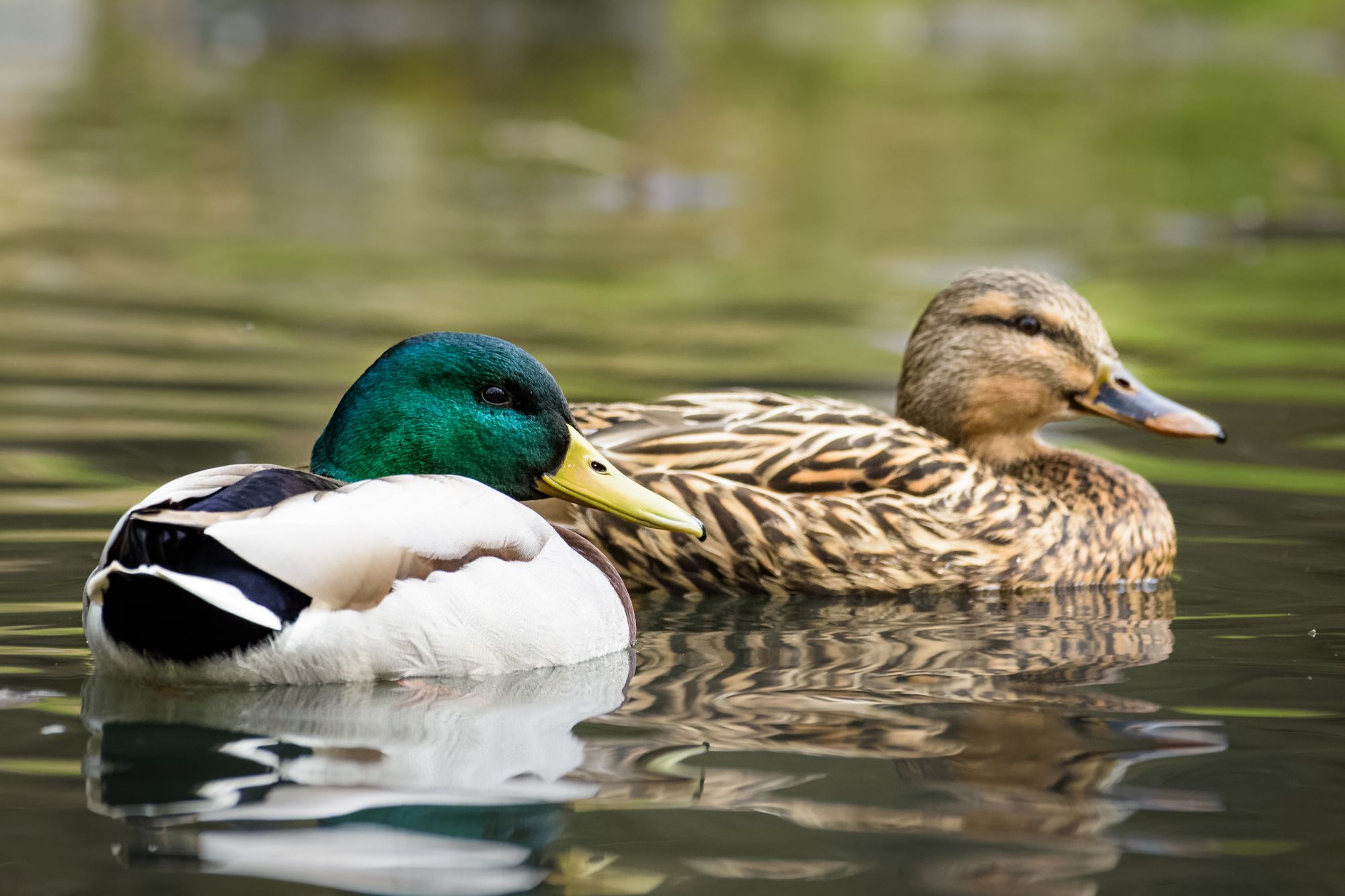The Bursledon Windmill Conservation Area was designated on 25 January 1990 as an area ‘of special architectural or historic interest, the character or appearance of which it is desirable to preserve or enhance.’
As well as its historical importance, the site is a haven for local wildlife. A recent appraisal described the nearby woodland as a designated ‘Site of Interest for Nature Conservation (SINC). It is diverse in terms of its structure and species content, which is surprising for its relatively small size. It contains Oak, Birch, Ash, Wild Cherry and Aspen. The shrub layer includes Coppiced Hazel, Crab apple, Rowan and Whitebeam. The wood has 12 ancient woodland plant indicator species, including locally abundant bluebells’.

The mill pond is home to several different species and, in the past, the windmill has run pond dipping sessions, allowing visitors to study the creatures that live in the water safely.
Spring is a time of great activity in the pond. As the days get warmer, plants shoot up and animals in the mud and deeper parts become more active. In summer, the surface of the pond becomes overgrown with duckweed. Water mint, which grows around the edges, provides nectar for bumblebees and meadow brown butterflies.
Species spotted at the windmill include:
Common Newt - Triturus vulgaris
In summer, common newts can be found in the pond and around the woodland. On land they catch their prey using their tongue; in water they catch prey using their teeth.
Backswimmer - Notonecta glauca
Backswimmers swim upside down and have strong back legs, which look like oars. They are fierce hunters and attack creatures much bigger than they are.
Great Pond Snail - Lymnaea stagnalis
Great pond snails feed on plant and dead animal matter, using their rasping tongue (radula). In summer, they can be seen at the surface of the pond, gulping in air.
Ramshorn Snails
Ramshorn snails live in the pond all year round. They eat plants and scavenge on rotting vegetation and animals.
Southern Hawker Dragonfly - Aeshna cyanea
Southern hawker dragonflies hunt well away from water and are very territorial. They return in late summer to breed and lay eggs in the vegetation of the pond.
Blue-tailed Damselfly - Ischnura elegans
Damselflies are weaker fliers than dragonflies and fly over the pond in summer. The blue-tailed damselfly has a distinctive blue ring near the tip of the abdomen.
Lesser Water Boatman - Corixa punctata
Lesser water boatmen swim the right way up and have oar-shaped back legs. They are herbivores and gather food with their short front legs.
Dragonfly and Damselfly Nymphs
Young dragonflies and damselflies (nymphs) can still be found in the pond during the summer months. They are fierce predators and feed on other aquatic insects and small fish.
Common Pond Skater - Gerris lacustris
Pond skaters have hairy legs to stop then sinking as they skate across the surface of the pond.

Mallard - Anas platyrhynchos
Pairs of mallards have been visiting the pond for many years. They can be seen swimming during the spring months.
Water Beetles
Large numbers of water beetles can be found in the pond in spring. Their wing cases can store air, so they’re able to spend time under water.
Around this time of year, windmill staff sometimes spot Muntjac deer around the site, too. Muntjac are a small but stocky species of deer that stand at around 0.44 to 0.52m tall at the shoulder. They are a russet brown colour for most of the year, turning to a dull grey in winter. Muntjac like deciduous or coniferous forests and they are also found in scrub and overgrown urban gardens.

We hope that you’ll be able to join us to enjoy the windmill and see what kinds of wildlife you can spot when we re-open later this spring.
If you have enjoyed Culture on Call and you are able to make a donation, please click the link below. Any support you can give will help us keep communities connected to culture in these difficult times.





